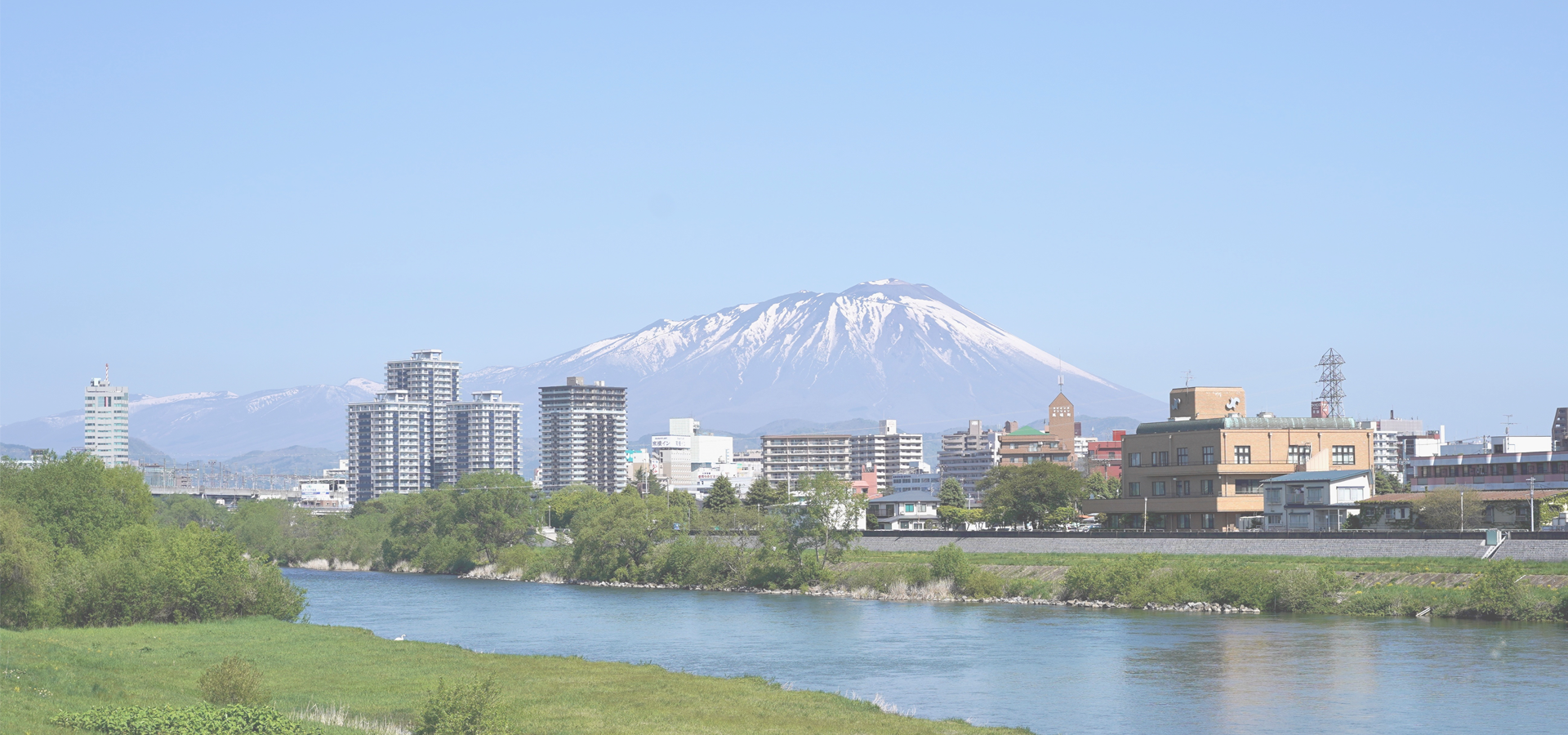Rikuzentakata, Iwate Prefecture, Tōhoku Region, Japan
🇯🇵 Rikuzentakata (陸前高田市, Rikuzentakata-shi) is a city located in Iwate Prefecture, Japan. In the census of 2010, the city had a population density of 100 persons per km². The 2011 Tōhoku earthquake and tsunami caused extensive damage to the city. As of 31 March 2020, the city had an estimated population density of 82 persons per km² in 7,593 households. The total area of the city is 231.94 square km (89.55 sq mi).
Geography Rikuzentakata is located in the far south-east corner of Iwate Prefecture, bordered by the Pacific Ocean to the east. The city contained Lake Furukawanuma until the 2011 tsunami destroyed it. Parts of the coastal area of the city are within the borders of the Sanriku Fukkō National Park.
Neighboring municipalities Iwate Prefecture • Ōfunato • Ichinoseki • Sumita; Miyagi Prefecture • Kesennuma.
History The area of present-day Rikuzentakata was part of ancient Mutsu Province, and has been settled since at least the Jōmon period. The area was inhabited by the Emishi people, and came under the control of the Yamato dynasty during the early Heian period. During the Sengoku period, the area was dominated by various samurai clans before coming under the control of the Date clan during the Edo period, who ruled Sendai Domain under the Tokugawa shogunate.
The towns of Kesen and Takata were established within Kesen District on April 1, 1889 with the establishment of the modern municipality system. The area was devastated by the 1896 Sanriku earthquake and the 1933 Sanriku earthquake. Kesen and Takata merged with the neighboring town of Hirota and villages of Otomo, Takekoma, Yokota and Yonezaki on January 1, 1955 to form the city of Rikuzentakata.
Government Rikuzentakata has a mayor-council form of government with a directly elected mayor and a unicameral city legislature of 18 members. Rikuzentaka, together with the town of Sumita together contributes one seat to the Iwate Prefectural legislature. In terms of national politics, the city is part of Iwate 2nd district of the lower house of the Diet of Japan.
Economy The local economy of Rikuzentakata is based heavily on commercial fishing and food processing. As of 2011, oyster farming produced ¥40 million in annual sales for the city.
Education Rikuzentakata has eight public elementary schools and two public junior high schools operated by the city government, and one public high school operated by the Iwate Prefectural Board of Education. There is also one private high school.
Transport: Rail East Japan Railway Company (JR East) - Ōfunato Line (services suspended indefinitely and replaced by a BRT) • Rikuzen-Yahagi - Takekoma - Rikuzen-Takata - Wakinosawa - Otomo.
Transport: Road • Sanriku Expressway • National Route 45 • National Route 340 • National Route 343.
Takata-matsubara Takata-matsubara (高田松原) was a two-kilometre stretch of shoreline that was lined with approximately seventy thousand pines. In 1927 it was selected as one of the 100 Landscapes of Japan (Shōwa era) and in 1940 it was designated a Place of Scenic Beauty. After the 2011 tsunami a single, ten-metre, two-hundred-year-old tree remained from the forest. Due to land subsidence and coastal erosion this was only five metres from the sea and was at threat from increased salinity. The Association for the Protection of Takata-Matsubara along with the municipal and prefectural governments took measures, including the erection of barriers, to protect the surviving pine.
As of September 2011, there were signs that these measures had failed, and that the tree was dead due to salt water poisoning. In September 2012, the tree was felled for preservation and replaced in 2013 with an artificial "commemorative tree".
Asia/Tokyo/Iwate

Rikuzentakata has a population of over 18,262 people. Rikuzentakata also forms part of the wider Iwate Prefecture which has a population of over 1,229,432 people. Rikuzentakata is situated near Ichinoseki.
Twin Towns, Sister Cities Rikuzentakata has links with:
🇺🇸 Crescent City, USA 🇯🇵 Nagoya, Japan🇺🇸 Blue Springs 39.018
🇺🇸 Grand Junction 39.076
🇺🇸 Cape May Court House 39.079
🇺🇸 Independence 39.08
🇺🇸 Fort Thomas 39.081
🇺🇸 Lawrenceburg 39.083
🇺🇸 Silver Spring 39.002
🇰🇵 Mangyongdae 38.991
🇪🇸 Ciudad Real 38.983
🇺🇸 Overland Park 38.977
🇷🇺 Yuzhno-Sakhalinsk 142.738
Locations Near: Rikuzentakata 141.617,39.0167
🇯🇵 Kesennuma 141.568,38.909 d: 12.7
🇯🇵 Oshu 141.133,39.133 d: 43.7
🇯🇵 Ichinoseki 141.117,38.933 d: 44.2
🇯🇵 Tome 141.199,38.683 d: 51.8
🇯🇵 Kitakami 141.124,39.289 d: 52.2
🇯🇵 Hanamaki 141.117,39.383 d: 59.3
🇯🇵 Kurihara 141.017,38.733 d: 60.8
🇯🇵 Ishinomaki 141.299,38.425 d: 71.3
Antipodal to: Rikuzentakata -38.383,-39.017
🇨🇱 La Reina -33.45,-33.45 d: 19254.5
🇧🇷 Tubarão -49,-28.467 d: 18487.8
🇧🇷 Criciúma -49.372,-28.678 d: 18484.1
🇧🇷 São José -48.617,-27.6 d: 18431.3
🇧🇷 Palhoça -48.667,-27.633 d: 18431.6
🇧🇷 Rio Grande -52.099,-32.041 d: 18554
🇧🇷 Biguaçu -48.667,-27.5 d: 18419.3
🇧🇷 Viamão -51.023,-30.088 d: 18492.8